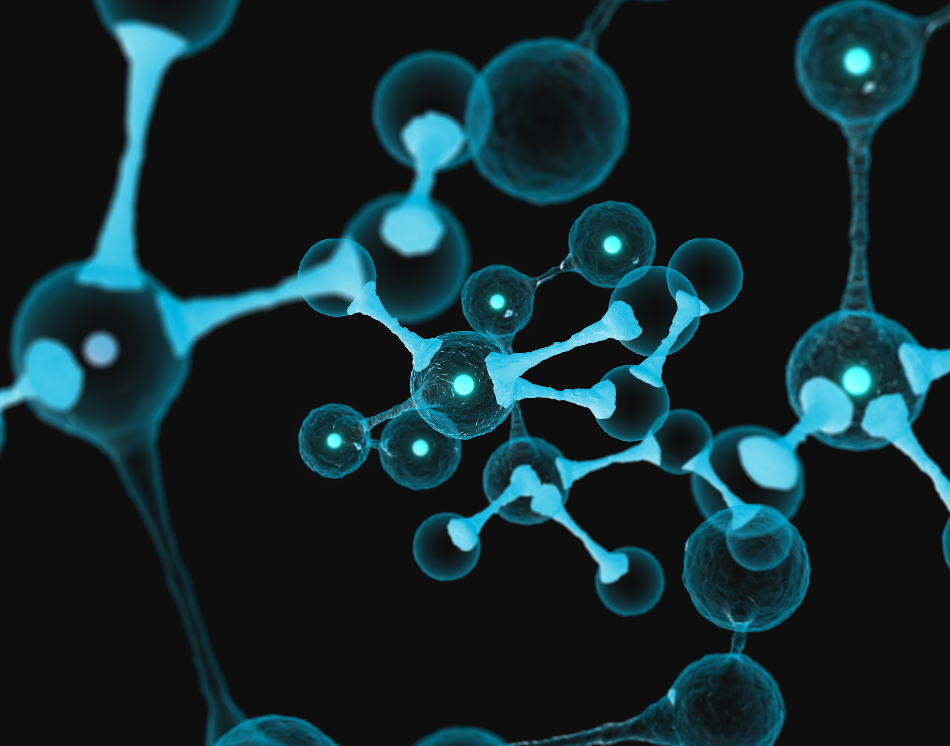A 2017 exhibition by the modern artist and theoretical physicist Nadav Drukker was entitled “Quantum Ceramics”. In it, Drukker used pottery techniques which were tens of thousands of years old to communicate developments at the cutting edge of theoretical physics.

Anatomy Insider / Shutterstock
“I wanted to share the excitement from both of my passions with the public, so instead of attempting to answer the question of what string theory is, I create objects that represent the beauty I find in string theory. [...] I am bringing back modern mathematical notation to clay.”
Nadav Drukker, Knight Webb Gallery, 2017
This artistic rendition of cutting-edge physics in ceramic material is illustrative of new ways in which the ancient pottery material is being used and exploited for its quantum mechanical properties.
Advanced Ceramics
Pottery – the process of forming usable objects from ceramic materials such as clay – was one of the first technologies developed by humans, arising before the Neolithic period. There are architectural discoveries of ceramic objects dating as far back as 29,000 BC (Vandiver et al., 1989). This prehistoric technology has progressed rapidly in recent years, and a new generation of advanced ceramics has evolved. This new generation of the ancient material has led to uses that exploit the quantum mechanical properties of ceramics.
Ceramics are by nature brittle, have complex chemistry and need advanced processing technology and equipment to produce (AZoM, 2017). However, recent advances in our understanding of ceramic chemistry and crystallography, and in ceramic production and manufacture, have enabled this class of material to be exploited for more and more uses – including the Space Shuttle developed by NASA which incorporated ceramic tiles for protection against the extreme temperatures found in space.
Quantum Materials
Understanding of quantum ceramics falls under the new field of research labeled “quantum materials”. Quantum materials is a very recent coinage that has risen in importance largely due to a 2016 article in Nature Physics, “The Rise of Quantum Materials”. While the article concedes the broadness of the term’s applicability – “all materials exist thanks to the laws of quantum mechanics” – it argues for adoption of the term which can act as a “common thread linking disparate communities of researchers working on a variety of problems at the frontiers of physics, materials science, and engineering”.
One of these disparate communities includes researchers investigating the quantum properties of ceramic materials, such as their superconductivity and ferroelectricity.
Superconductivity in Ceramics
Superconductivity is a set of observable physical properties in materials in which magnetic flux fields are expelled and electrical resistance is reduced to zero. When the temperature of superconductive material is lowered below its critical temperature, the Meissner effect causes magnetic field lines to become totally removed from its interior. This leads to the disappearance of electrical resistance so that at the right temperature, a superconducting wire can transmit electrons with zero loss – in other words moving electrical power over a distance with no loss of power.
Superconductivity cannot be explained by classical mechanics, and as such remains an unexplained feature of quantum mechanics.
In 1986, Georg Bednorz and K. Alex Müller discovered that cuprate-perovskite ceramic materials reached their critical temperatures at temperatures of 90 K (−183 °C) and higher, leading them to be termed high-temperature superconductors. Since then, the highest recorded critical temperature of any superconductive material was in ceramic made up of mercury, barium, calcium, copper, and oxygen (HgBa2Ca2Cu3O8+δ). This material has been experimentally shown to achieve superconductivity at 133 K and theoretically shown to be able to reach superconductivity at 138 K.
This discovery helped spur interest in advanced ceramics research, as ceramics could now be used much more practically in experiments and applications exploiting the quantum mechanical effect of superconductivity. This could be done with much more practicality than with conventional superconductors, which need to be lowered to a temperature close to absolute zero to attain their superconductive state.
Ferroelectricity in Ceramics
Another quantum mechanical property that ceramics have been shown to manifest is ferroelectricity. Ferroelectricity is the characteristic of some materials to show spontaneous electric polarization. For most materials, electric polarization is a linear functional proportional to the application of an external electric field. However, in paraelectric materials including some ceramics, nonlinear polarization is achieved through the ferroelectric effect.
Again, this property cannot be explained within classical mechanics and must be a result of quantum mechanics.
Sources
- AZoM (2017). Advanced Ceramics – The Evolution, Classification, Properties, Production, Firing, Finishing and Design of Advanced Ceramics. [online] AZoM.com. Available at: https://www.azom.com/article.aspx?ArticleID=2123 [Accessed 14 Sep. 2019].
- Knight Webb Gallery (2017). Nadav Drukker – Quantum Ceramics. [online] Available at: http://www.knightwebbgallery.com/nadav-drukker/ [Accessed 14 Sep. 2019].
- The rise of quantum materials. (2016). Nature Physics, 12(2), pp.105–105.
- Vandiver, P.B., Soffer, O., Klima, B., and Svoboda, J., The Origins of Ceramic Technology at Dolni Vestonice, Czechoslovakia. Science, Vol. 246, Nov. 24, 1989, pp. 1002-1008.
Disclaimer: The views expressed here are those of the author expressed in their private capacity and do not necessarily represent the views of AZoM.com Limited T/A AZoNetwork the owner and operator of this website. This disclaimer forms part of the Terms and conditions of use of this website.